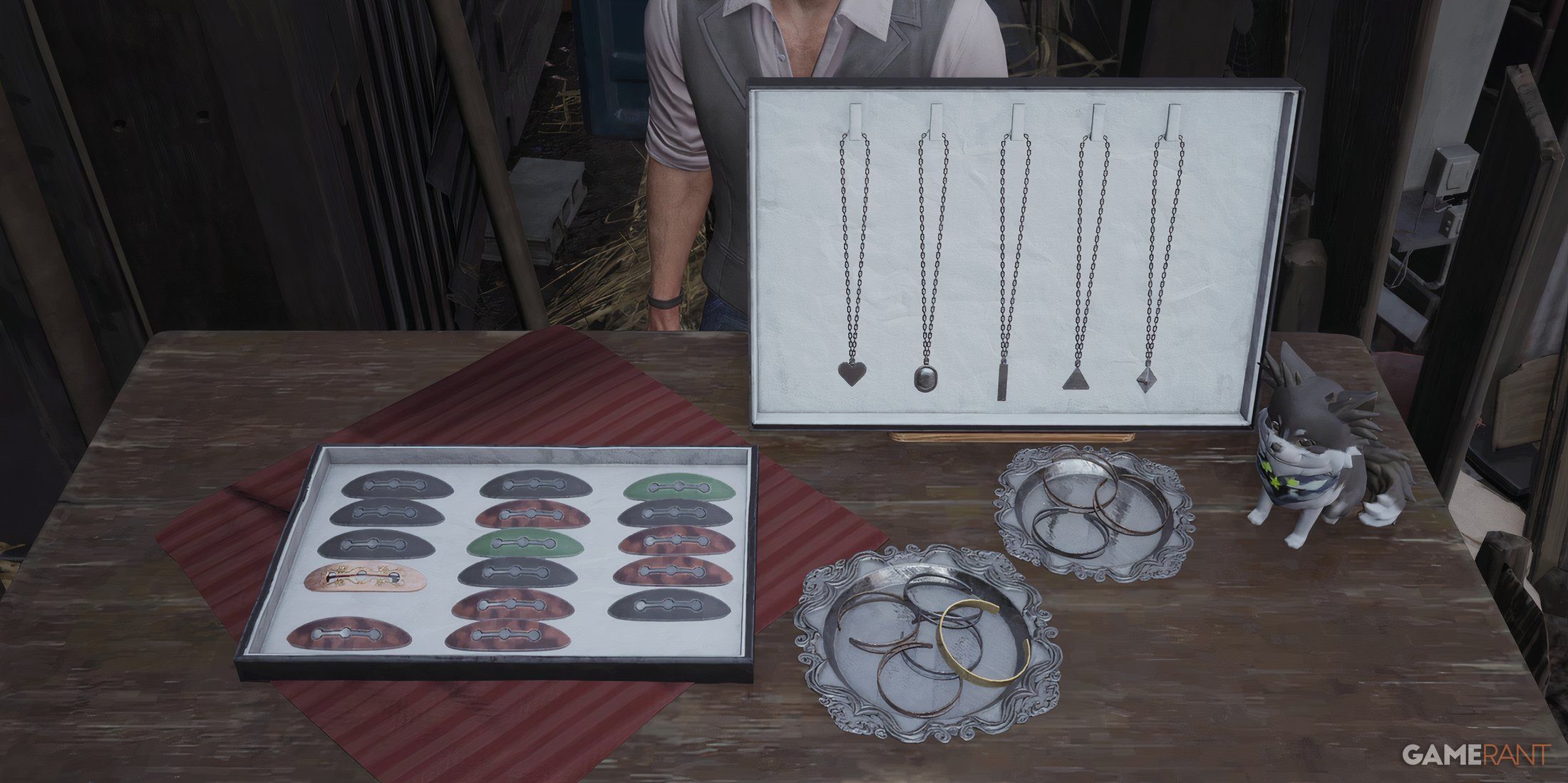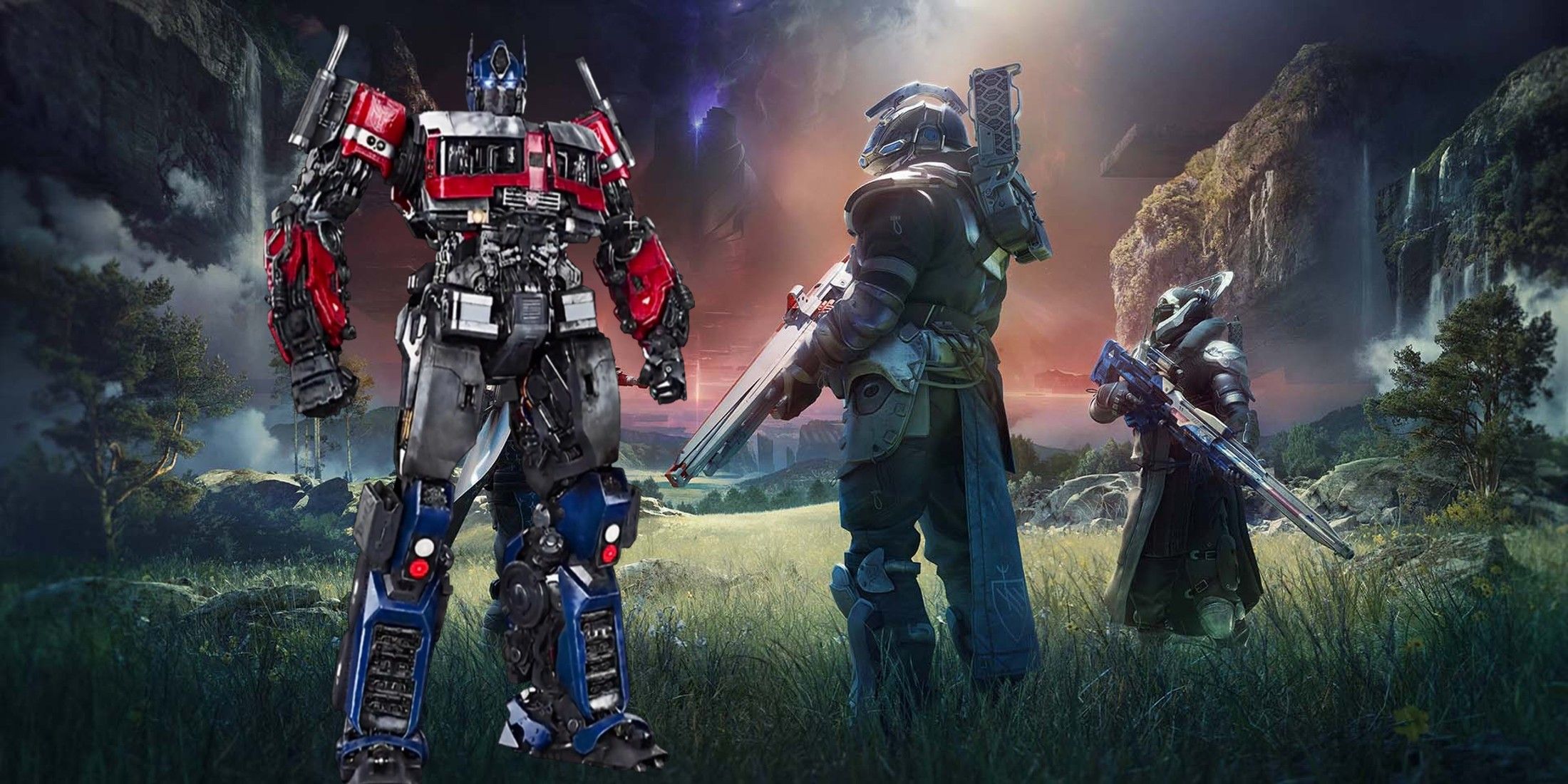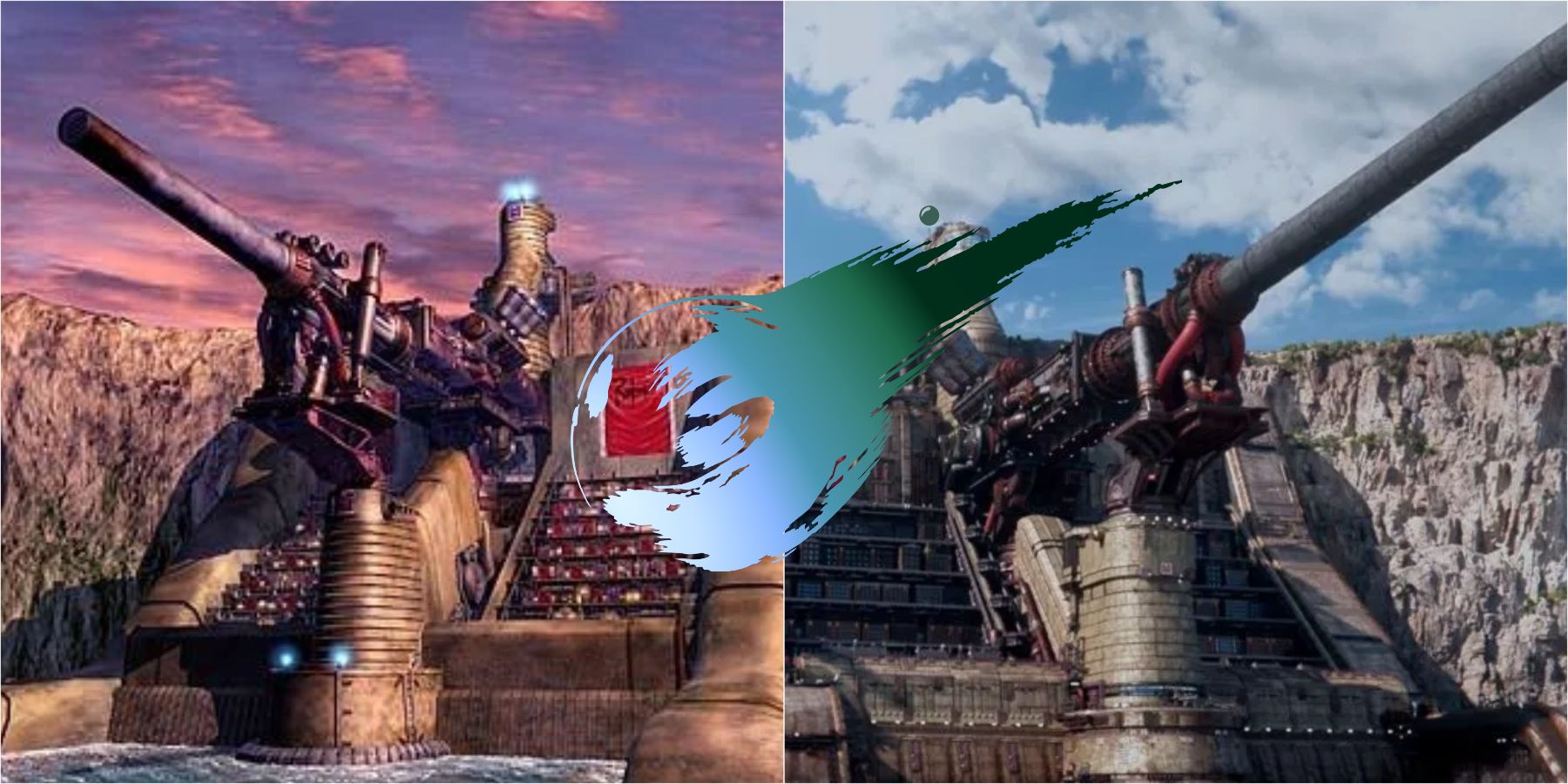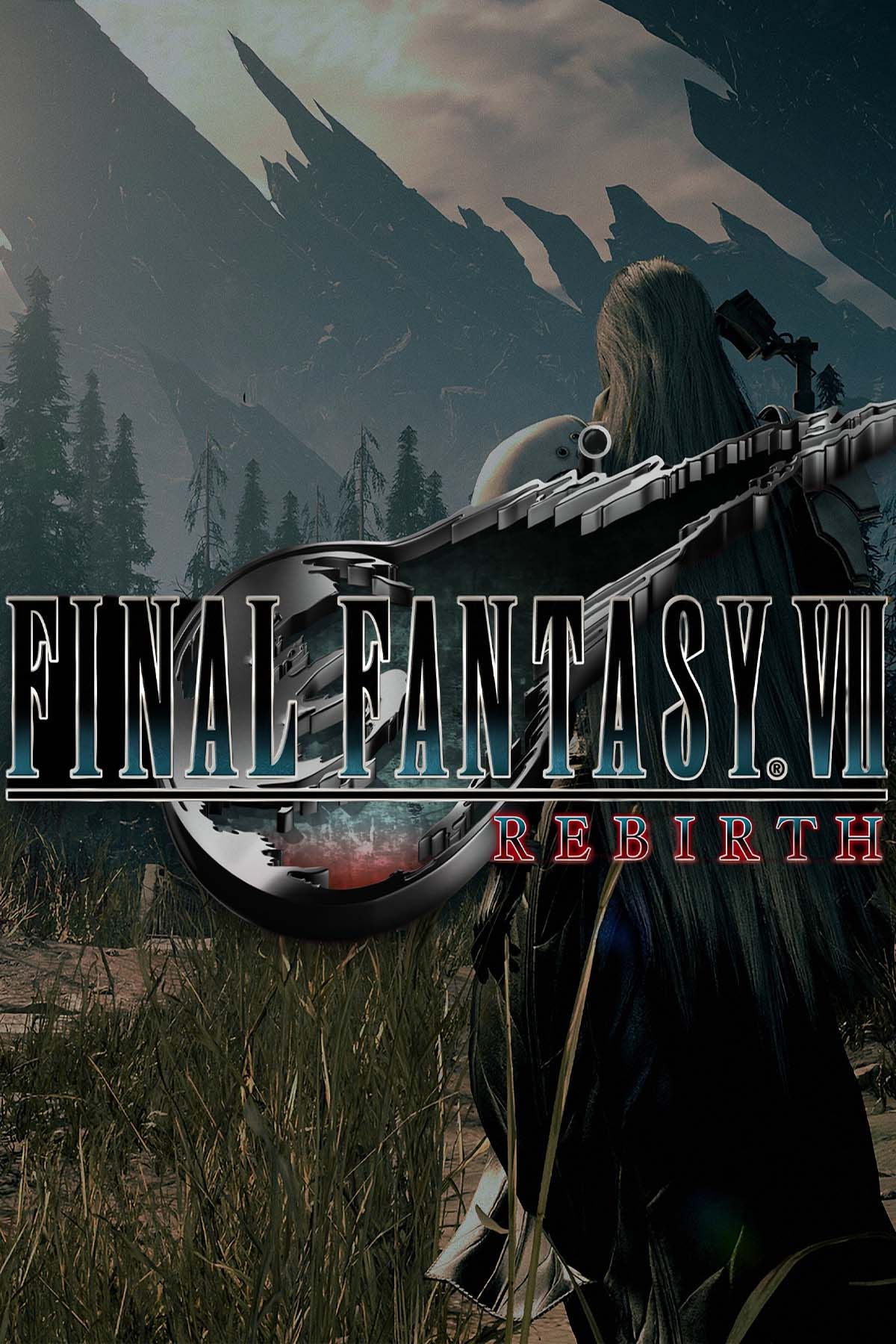Highlights
- Final Fantasy 7 Rebirth breathes new life into iconic locations, maintaining charm and atmosphere.
- Enhanced sense of scale in Rebirth adds depth to Under Junon, emphasizing Shinra's villainy.
- Junon City in Rebirth showcases lavish nature with bright colors, layout changes, and wealth divide. The incredibly tall buildings in the new version of Junon are a clear improvement that make the area feel more city-like.
The original Final Fantasy 7 is home to more than its fair share of iconic locations, from its opening futuristic city of Midgar, to its more low-key towns like Kalm and Nibelheim. While many of Final Fantasy 7's locations are fleeting, with players being able to complete them in well under an hour in the original game, many have managed to remain incredibly memorable thanks to some standout architecture and environmental design. And now, 27 years after they originally appeared, Final Fantasy 7 Rebirth breathes new life into these iconic locations.
Much like Final Fantasy 7 Remake before it, Final Fantasy 7 Rebirth sets out to lovingly recreate all the locations found in the original's second act. And much like Remake, Rebirth succeeds in modernizing these iconic locations while managing to keep much of their original charm and atmosphere alive. That's especially true for Junon, a town that was once a peaceful fishing village that's since been turned into a Shinra fortress, and an area that Final Fantasy 7 Rebirth remakes expertly.
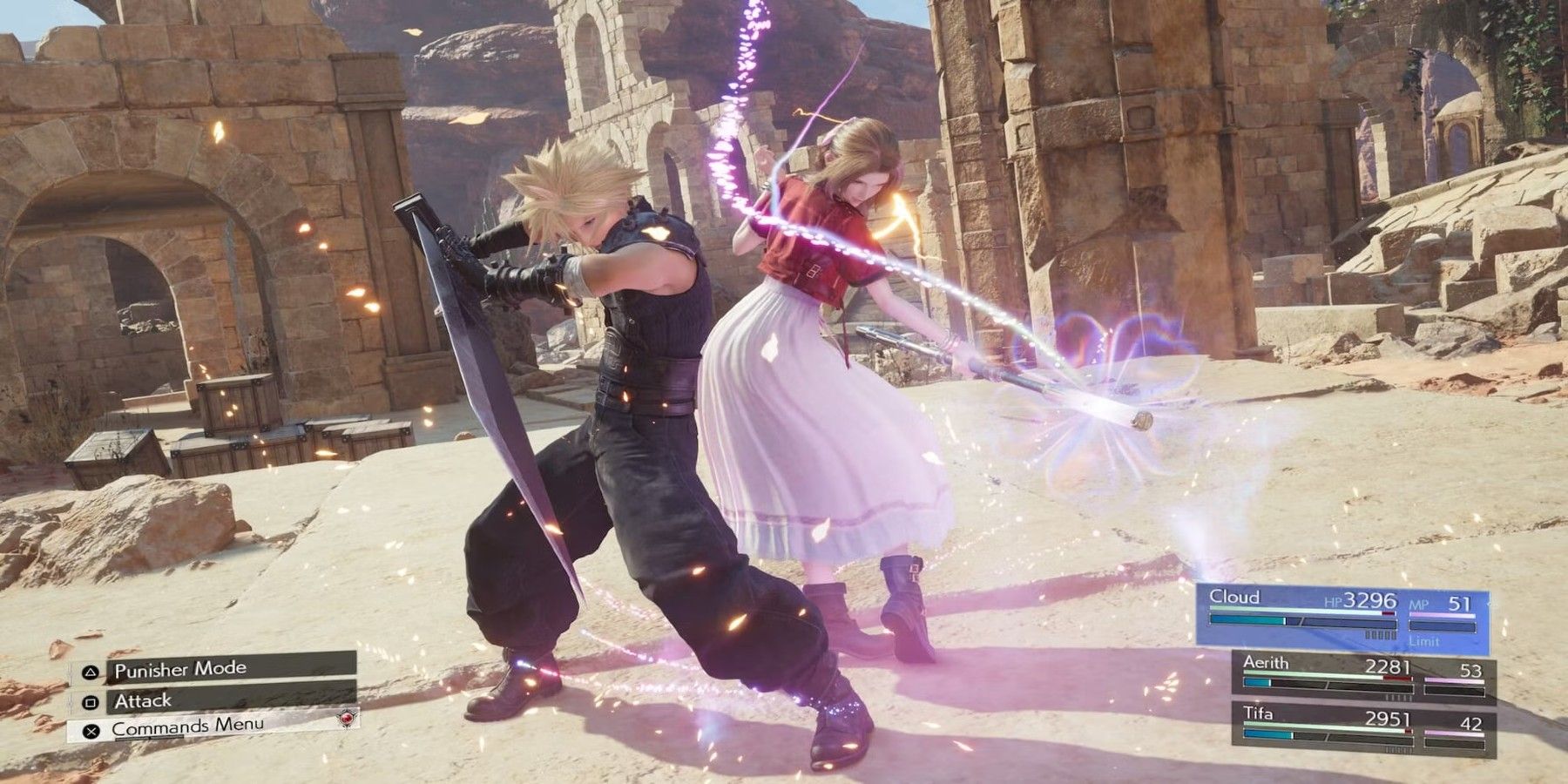
Final Fantasy 7 Rebirth's Synergy Abilities Bridge the Franchise's Past and Future
Final Fantasy 7 Rebirth goes a step further than FF7 Remake's blending of real-time action and party management with its Synergy Abilities.
Comparing Final Fantasy 7 Rebirth's Under Junon to the 1997 Original
One of the biggest enhancements Final Fantasy 7 Rebirth makes to all of its remade locations is their sense of scale, and Under Junon is the standout example of this. In the original Final Fantasy 7, Under Junon is really only one background screen, consisting of a few houses, an inn, and the large Shinra-guarded elevator that takes players to Junon City. Dark and dreary, the original version of Under Junon does a great job of conveying the oppressive nature of Shinra, with its city overhead literally blocking out the sun for Under Junon's residents.
In Final Fantasy 7 Rebirth, Under Junon's oppressive atmosphere is made even more prominent with the game's enhanced sense of scale. While the fishing village itself still retains its smaller size, the sheer size of the city above has been made explicitly clear in Rebirth, with players now able to actively move the camera to see the gigantic metal plate above them. Just like with Final Fantasy 7 Remake's Midgar plates, Junon City's metallic shadow is greater than ever in Rebirth, and it does a great job of emphasizing Shinra's villainy.
Comparing Final Fantasy 7 Rebirth's Junon City to the 1997 Original
Junon City's newfound sense of scale is even more apparent when players finally make their way up there in Final Fantasy 7 Rebirth. After sneaking past some Shinra battalions, Cloud, Tifa, and Aerith find themselves on the central strip of Junon City. To the left is the vast sea, and to the right is a wall of buildings, packed in horizontally with no room between them. The original Final Fantasy 7 did a good job of showing this "efficient" city structure, but Rebirth takes it one step further by showing just how tall these buildings are, presumably being able to fit in plenty of Shinra elite.
Final Fantasy 7 Rebirth also does a great job of using its enhanced scale and visuals to really emphasize the lavish nature of the city. While Junon City looked a tad dark and grimy in the original, Rebirth gives the entire city a very bright color palette, using the naturalistic lighting of a sunset to highlight the clean, white building facades, all of which paint a picture of Junon City being a place only for Shinra's most wealthy citizens.
This notion is also reinforced by Rebirth's slight layout changes. Placed behind the building facades on the main street, Junon City now has an elegant shopping mall connecting all of its vendors and offices together. Not only does this make a bit more sense than having Cloud enter random buildings on the main street at his own leisure, but it also hints at how wealthy Junon's citizens must be, which makes the contrast between Junon City and Under Junon even more prevalent than in the original.

